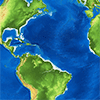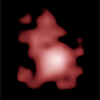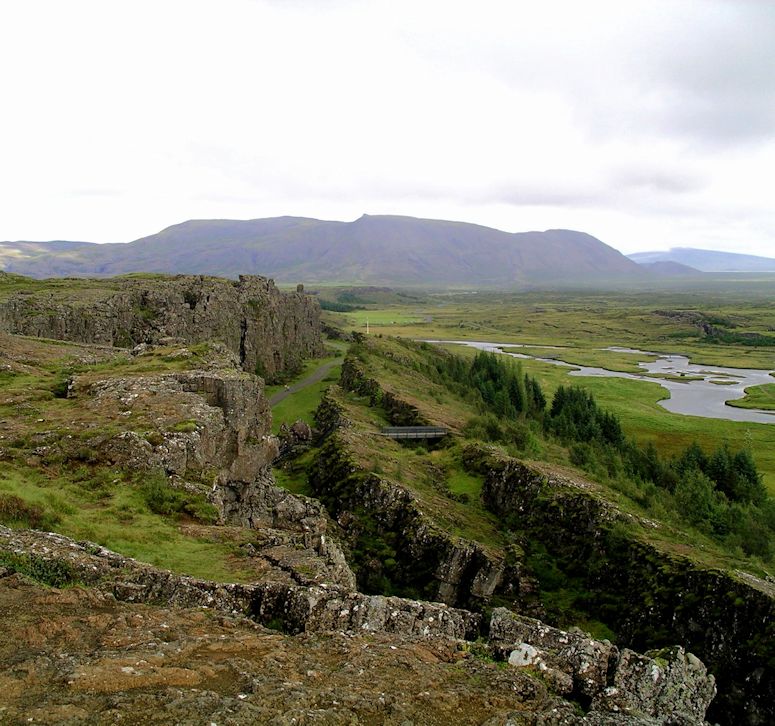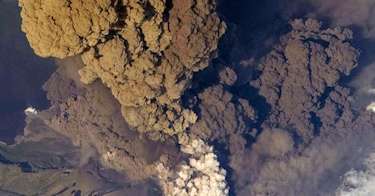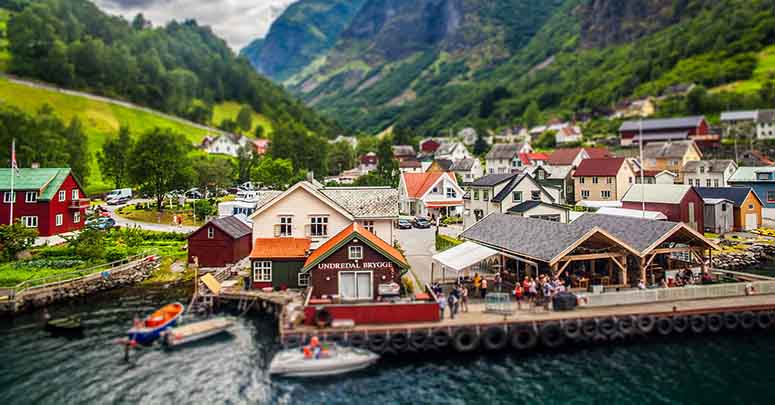Earth
The Plate Boundary On Iceland
Updated March 15, 2019
Iceland is one of the few places on Earth where you can actually see where two continental (tectonic) plates drift apart.
The boundary between two tectonic plates that are moving away from each other is called a divergent boundary. Most divergent boundaries on Earth occur on ocean bottoms, but on Iceland, the boundary between the North American Plate and the Eurasian Plate stretches right across the island. The plate boundary is most visible in the Þingvellir National Park, where the diverging plates have left a depressed valley full of cracks between them - a rift valley.
The photo above shows the Almannagjá fault in the Þingvellir National Park. One might think that the gorge in the photo is where the continental plates separate, but it's not quite that simple. Briefly explained, Almannagjá marks the edge of the North American Plate, while the edge of the Eurasian Plate is another ravine, Hrafnagjá, about 5 km (3 mi) to the east, all the way across the shallow valley. This valley gets on average 7 mm (0.3 in) wider and 1 mm (0.04 in) lower each year, but the change happens occasionally during earthquakes.[1] During the most recent major earthquake activity in Þingvellir, which occured in 1789, the whole valley sank 1-2 m (3-7 ft).[1]
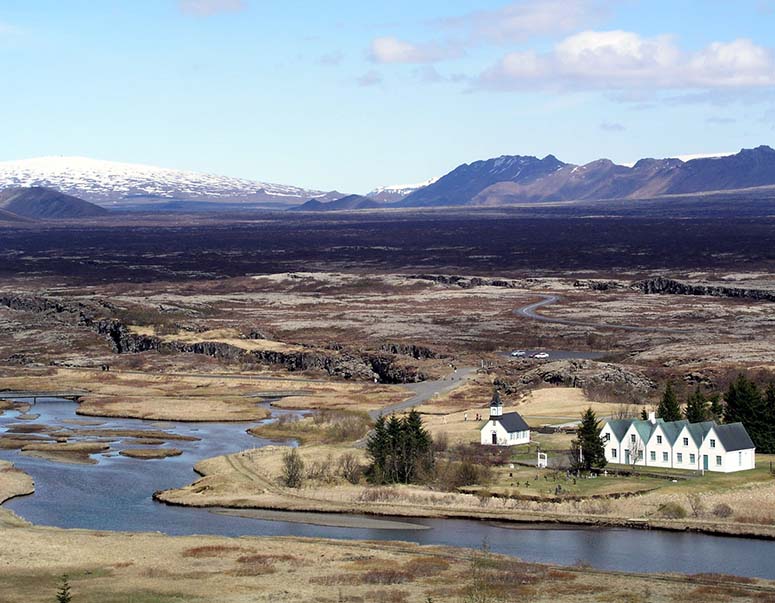
Photo: Pixabay
Þingvellir is a UNESCO World Heritage Site, but not because of its geology, but beacuse this is where Iceland's parliament, Alþingi, gathered between years 930 - 1798[2].
Until year 1262, when Iceland became a part of Norway, meetings were held on Lögberg (law mountain in english) - a site believed to have been situated either in front of or inside the Almannagjá fault.[3]
Below are amazing drone shots of Almannagjá - not a bad place for parliament meetings.
Several scenes in the TV series Game of Thrones were shot in Þingvellir.
References
[1]
"Geology and tectonics of Þingvellir". Ólafur Ingólfsson, Professor of glacial and Quaternary Geology, University of Iceland, Department of Geology and Geography and Institute of Earth Sciences. Retrieved March 15, 2019.
[2]
"History". Thingvellir National Park. Retrieved March 15, 2019.
[3]
"Lögberg -the law rock". Thingvellir National Park. Retrieved March 15, 2019.
Related
Latest





